Quilting with Invisible Threads
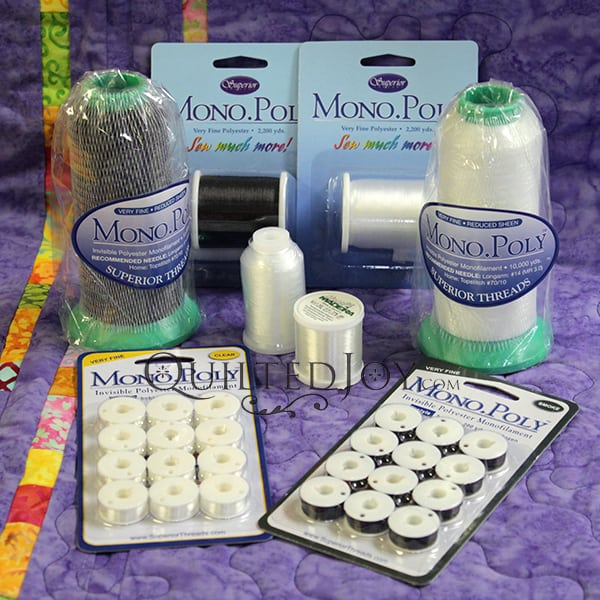
Have you tried quilting with invisible threads? If you haven't yet, you might be surprised by them! Invisible or monofilament threads have a bit of a bad reputation. They used to be heavy, stiff, and super strong. The invisible threads of today are still strong, but they're softer, thinner, and quilt beautifully. Even better, they run so well on an APQS longarm machine! If you're looking for some tips and tricks for using invisible threads, check out this video from APQS in which Dawn Cavanaugh shares her secrets to quilting with invisible threads.
Do you have questions about other thread types? Click here to learn about machine quilting with different thread fiber types!
In the video, Dawn mentions that there are two different types of invisible threads - polyester and nylon. Of course, when I'm talking to another quilter about invisible thread, their first question is "which type is better?" As usual, the answer is never straight forward. Let's take a look at how they're different.
Nylon Invisible Thread
Nylon has a low melting point and should not be used on quilts that will get exposed to heat or an iron. Quilts using Nylon Monofilament should also be kept out of the sunlight. Over time Nylon has a tendency to yellow and become brittle with age. The benefit of nylon monofilament is the diameter. This thread is incredibly thin and it doesn’t catch the light much so it is a perfect choice when the quilter wishes to sculpt around an applique without drawing the eye to the thread itself. My favorite nylon thread is Essence– either clear or smoke.
Polyester Invisible Thread
Poly is much more durable and can withstand being thrown in the dryer or hanging in the sunlight. It catches the light a little more readily so on some quilts it talks louder than a nylon monofilament. It comes in two varieties: Smoke or clear. Smoke is for dark fabric and clear is for light fabric. My favorite polyester monofilament is MonoPoly— in both smoke and clear. If you’d like to use it in the bobbin too, you can get prewound bobbins of MonoPoly!
When choosing between nylon and polyester invisible threads, think about how you'll use the quilt. Will it be a utility quilt that'll be washed? Consider a polyester invisible thread. Will it be a wallhanging? Nylon could be right for you. And there are some quilts you shouldn't use invisible threads on. Because it is so difficult to see, it is best to avoid using invisible thread on baby quilts. If the thread comes loose it is very easy for it to wrap around baby’s fingers or toes and it could cut off circulation quite easily. For those quilts I'd recommend a 100 weight thread like MicroQuilter instead!
At the end of the day, the type of invisible thread you use is up to you! Everyone has their own preference. Don't be afraid to experiment with both types of invisible threads to find out which one you like better!
Have questions about quilting with invisible threads or other kinds of specialty threads? Join us in the Quilted Joy Clubhouse! The Quilted Joy Clubhouse is an online community for machine quilting friends to come together every day. Show off your latest quilts. Ask questions when you’re feeling stumped. Share your tips and tricks that you just can’t believe you didn’t think of before! Click here to join the Quilted Joy Clubhouse on Facebook!

I’m Angela- Co-host of the Fons & Porter’s Love of Quilting PBS show. APQS Long arm Dealer and Educator. Triplet Momma. Designer. Thread Bimbo.


































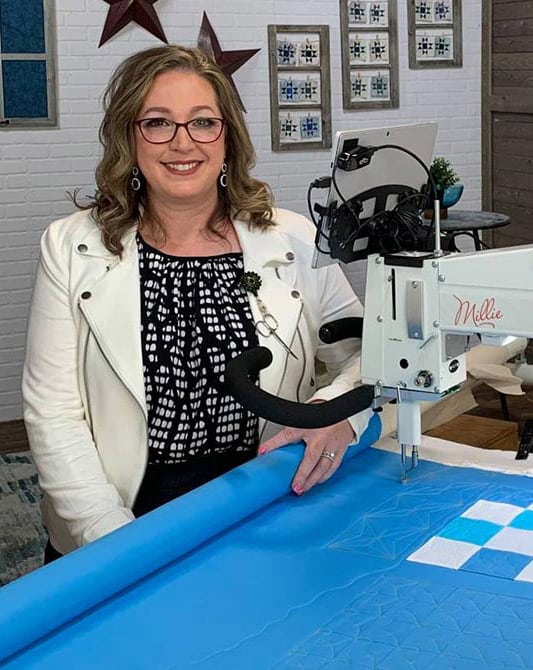
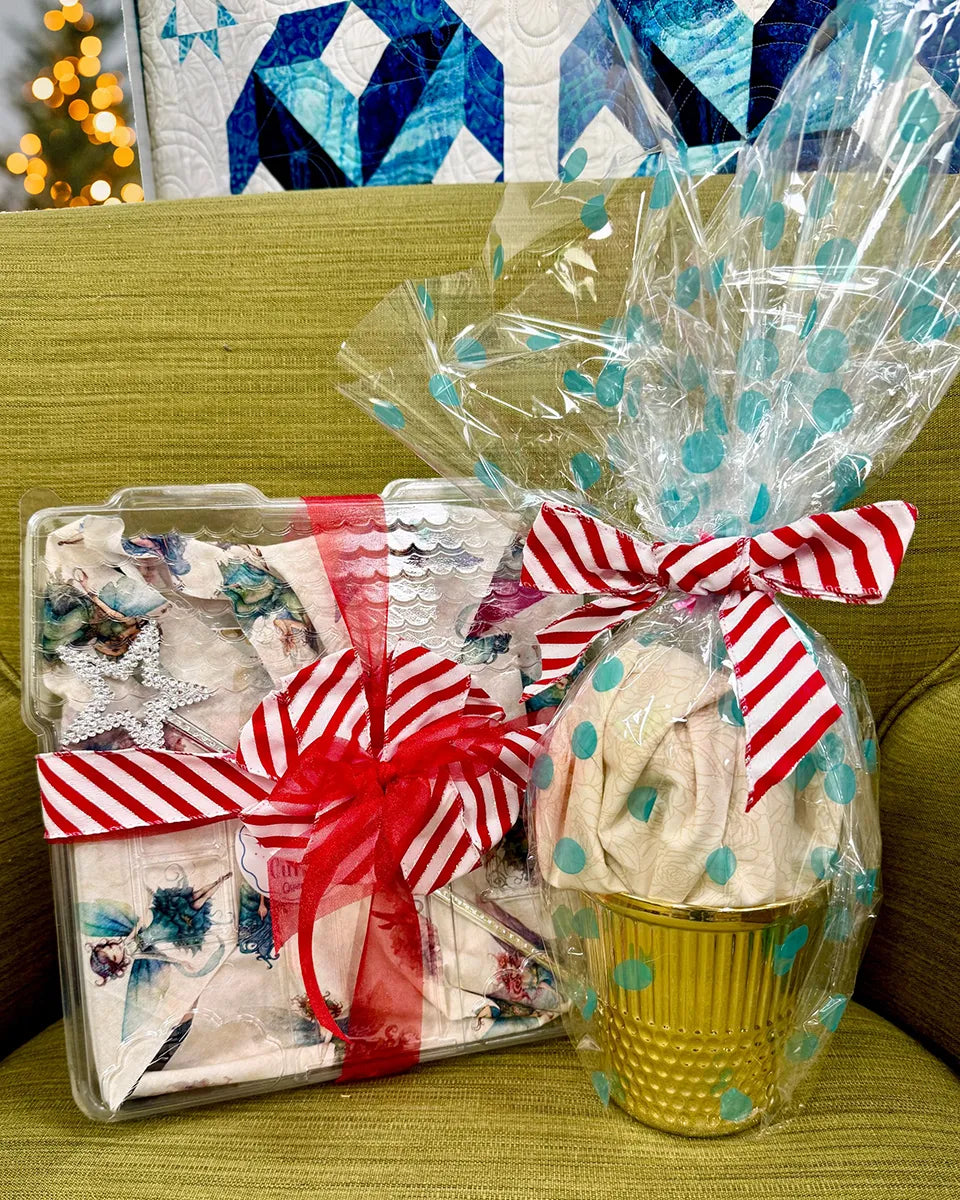
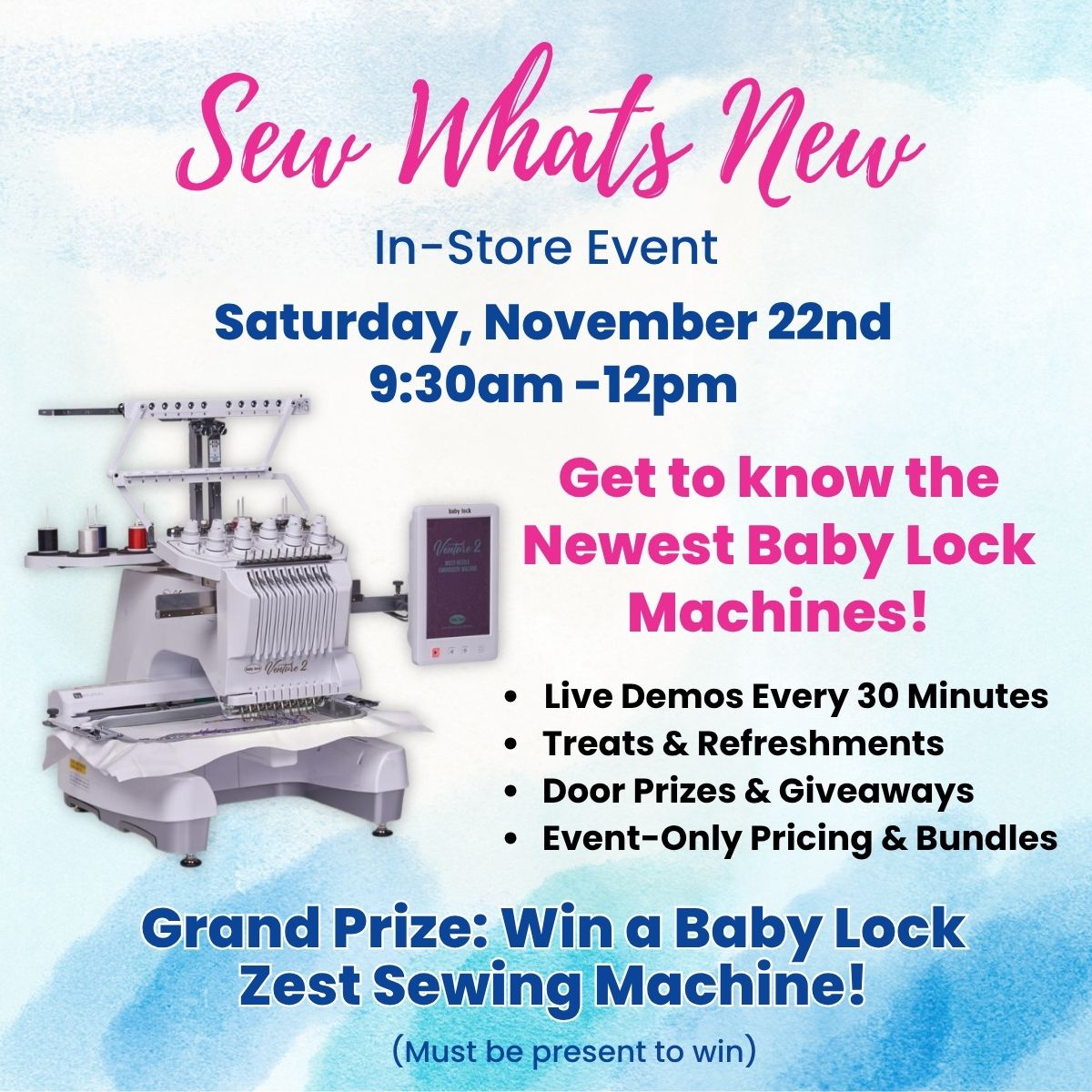
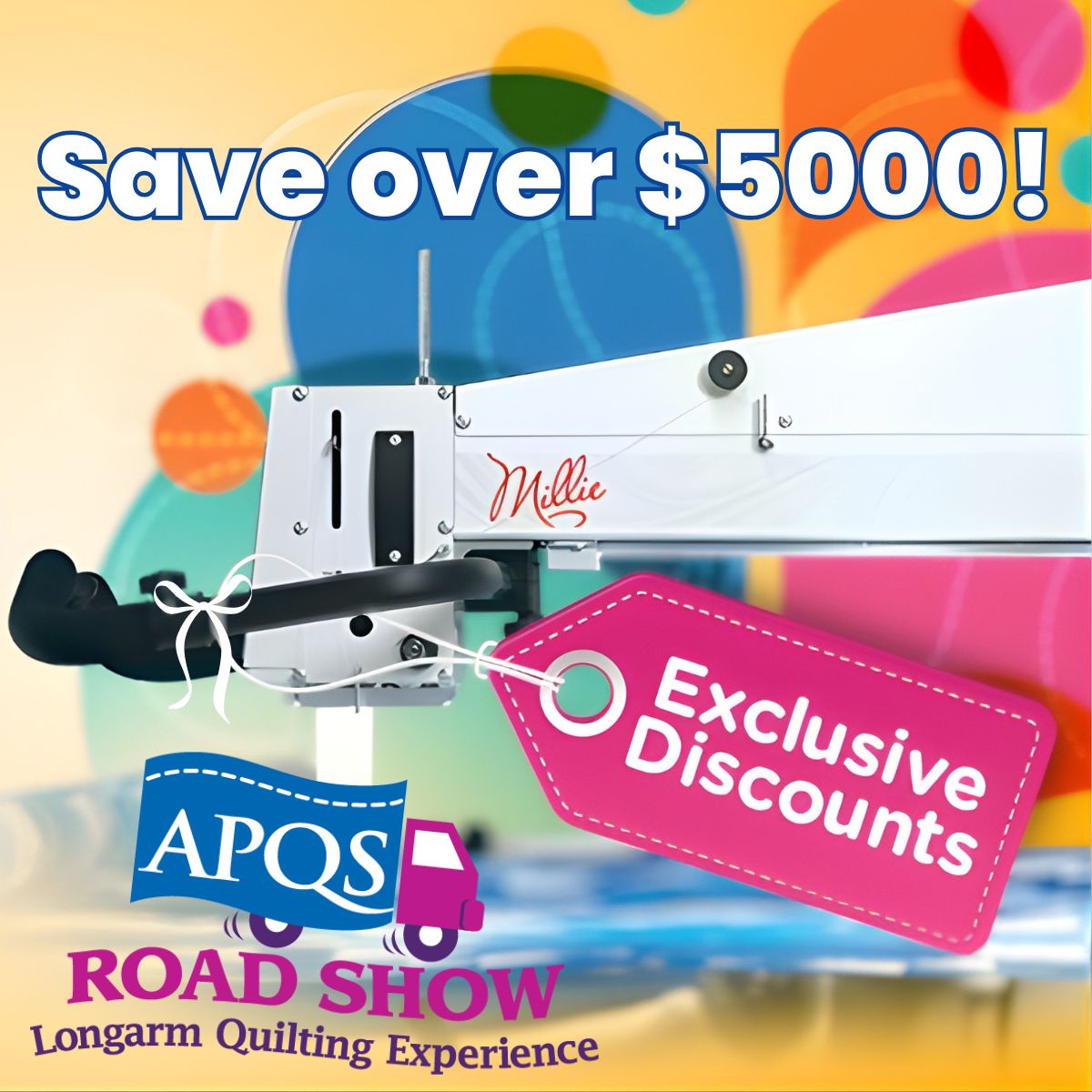
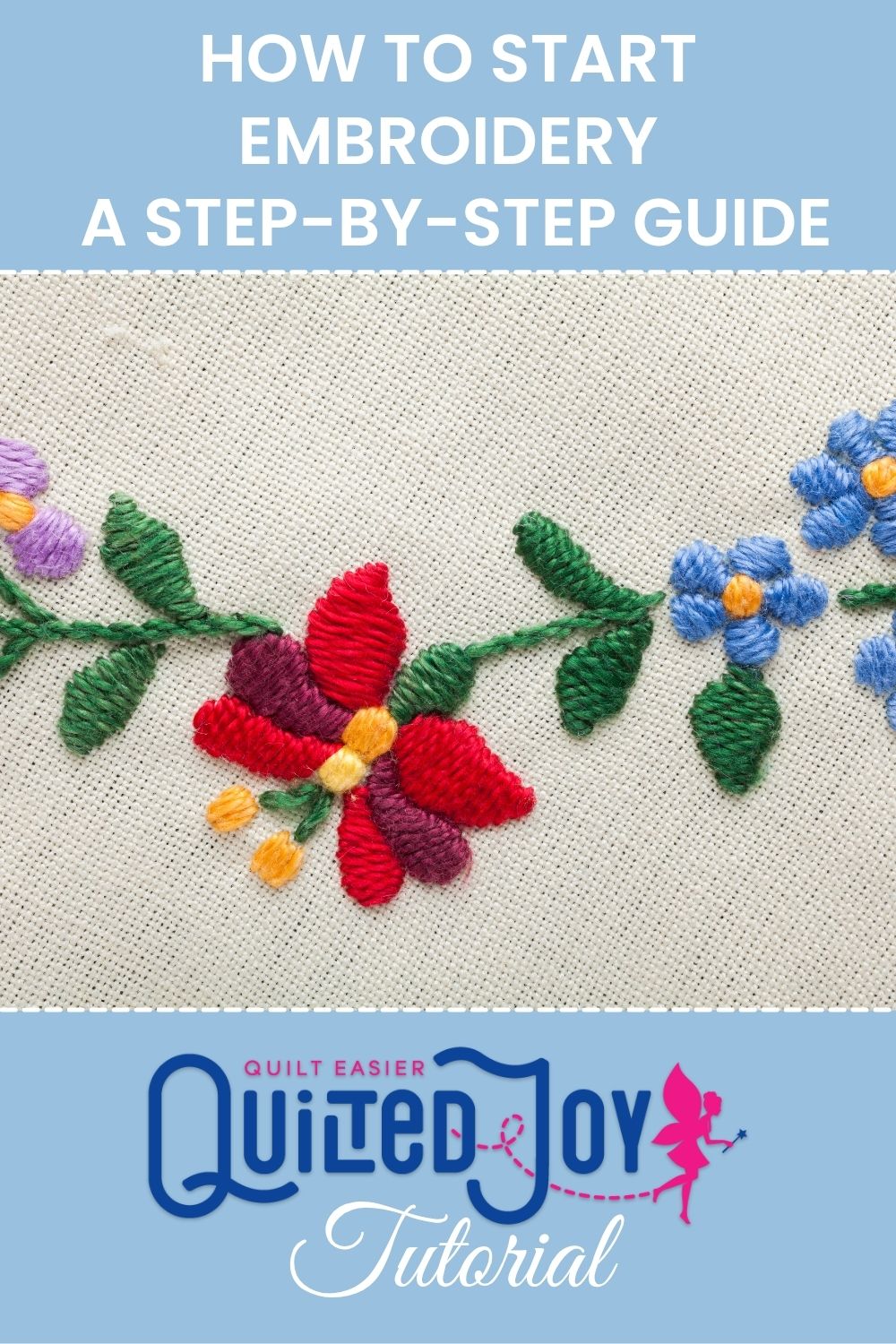

Leave a Reply